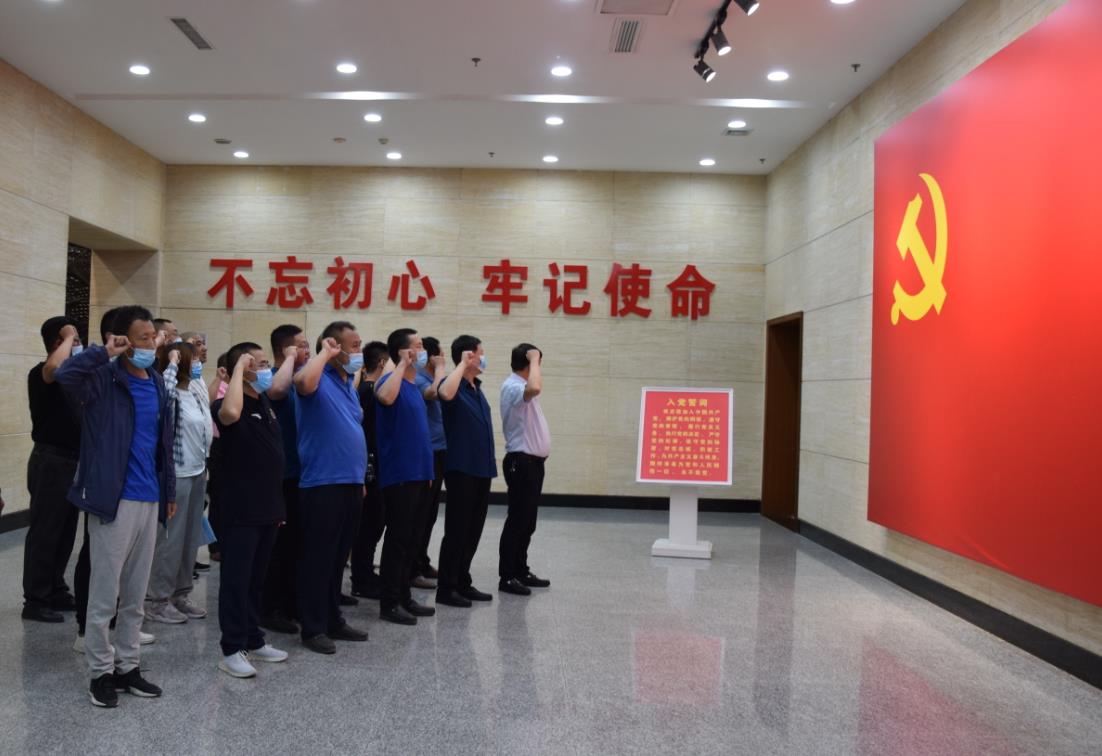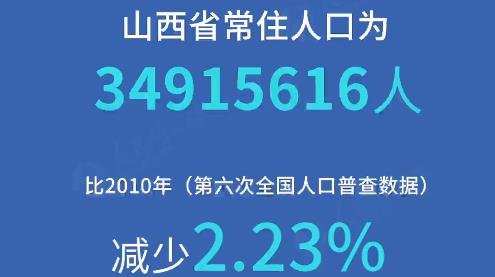
The western Inner MongoliaJinzhong electricity transmission line crosses the Yellow River to enter Shanxi province.LIU YU / FOR CHINA DAILY
The western Inner Mongolia-Jinzhong electricity transmission line crosses the Yellow River to enter Shanxi province.
Shanxi province has been a major energy supplier in China for decades, with trains and trucks busy transporting coal to the rest of the country to meet local demand.
But today, energy transport from this coal-rich province has been revolutionized thanks to super-high-voltage electricity transmission lines that emerged about a decade ago.
The world's first super-high-voltage direct-current electricity transmission line, which starts in the city of Changzhi in Shanxi and ends in the city of Jingmen in Hubei province, has been operational for 11 years, and has helped to ease electricity shortages in Hubei.
Hubei in Central China used to rely on electricity supplied by local hydropower stations including the Three Gorges Dam, the Gezhouba Dam and the Geheyan Dam.
However, hydropower station-generated electricity is affected by the runoff volume from rivers. When river runoff decreases in the winter, Hubei suffered electricity shortages.
"Over the past 11 years, the super-high-voltage alternate-current electricity transmission line from Shanxi has fundamentally solved electricity shortage in Hubei," said Qin Xing, chief of the energy department at Dongfeng Peugeot Citroen Automobile based in Wuhan, capital of Hubei province.
The company is a major automaker in China and one of the largest consumers of electricity in Hubei.
With the economy developing at a fast rate in the first decade of the 21st century, Hubei's demand for electricity has also rocketed, Qin said.
The executive recalled that, in the winter, it was a common practice that Hubei imposed restrictions on enterprises in terms of power consumption when there was a shortage of electricity.
"We have been a major manufacturer and tax payer in Hubei for decades, so the electricity supply was stable even when there was inefficient power generated by local hydropower plants," Qin said. "However, we were concerned with our 70-plus component suppliers, which were usually subject to power supply restriction.
"Later, we were informed that the problem was solved completely as the result of power transmitted from Shanxi via the super-high-voltage AC line.
"We began to use Shanxi electricity in 2012. Automobile output from our plants increased by more than 100,000 units during the 2012-13 winter for the first time," Qin said.
Before 2009, about one half of electricity in Hubei was supplied by hydropower stations, and electricity generated from coal and other fuels accounted for the other half. Ninety-eight percent of the coal used by local thermal power stations was transported from Shanxi.
The first super-high-voltage AC electricity transmission line from Shanxi to Hubei, with a capacity of 1,000 kilovolts, became operational in January 2009.
The project was built by Shanxi Electricity Corp, a subsidiary of the State Grid. The electricity was generated in coal-fired power plants in Changzhi and was delivered to Hubei through a special grid network via Henan province.
Over the 11 years, a total of 74.69 billion kilowatt-hours of electricity has been sent to Hubei via the transmission line, said Liang Chao, a Shanxi Electricity executive in charge of the project. He added that the line has reduced coal transportation volume to Hubei by an average of more than 7 million metric tons annually, which means 100,000 fewer train wagons a year.
"In Jingzhou, the last stop of the power transmission project, about a half of local electricity is supplied by the super-high-voltage line," Liang said.
He said the capacity of the project has been continuously expanding over the 11 years.
A recent move is the completion of the expansion of Zhangze Power Plant in the northern suburbs of Changzhi. It joins two power plants-Luguang and Zhaozhuang-to supply more electricity to Hubei.
Over the past five years, Shanxi Electricity has completed the construction of three AC and one direct-current super-high-voltage electricity transmission lines to reach the rest of the country, especially North China, East China and Central China, making the company a core part of the State Grid power transmission network.
Shanxi is also at the hub for the power supply network from the coal-rich Shaanxi province and the Inner Mongolia autonomous region.
Five trans-regional super-high-voltage electricity transmission lines are under construction in the province, including the Shanxi section of the western Inner Mongolia-Jinzhong line and Shaanxi-Hubei line. The five projects in Shanxi involve a total investment of 9.21 billion yuan ($1.4 billion), according to Shanxi Electricity.
To date, Shanxi has 18 electricity transmission lines to supply power to the rest of the country.
By the end of November, Shanxi had distributed 93.64 billion kWh of electricity to other regions, ranking fourth in the country, according to the company.
It estimated the number for the whole year will surpass 100 billion kWh.
Guo Yanjie contributed to this story.
By YUAN SHENGGAO
 山西路桥:党建引领 建好“四好农村路”山西路桥建设集团党委扎实开展“党建质量提升年”,实施“六大工程”,立足“十四五”高质量、高速度、高效益发展的战略基点,全面提高党建质量和党建引领发展水平,为打造“国内一流的交通基础设施投资、建设、施工现代化企业集团”提供坚强政治保障。
山西路桥:党建引领 建好“四好农村路”山西路桥建设集团党委扎实开展“党建质量提升年”,实施“六大工程”,立足“十四五”高质量、高速度、高效益发展的战略基点,全面提高党建质量和党建引领发展水平,为打造“国内一流的交通基础设施投资、建设、施工现代化企业集团”提供坚强政治保障。
 常住人口3491万 山西人口普查数据"出炉"山西省统计局向社会通报山西省第七次全国人口普查主要数据。数据显示,山西省常住人口为34915616人,比2010年(第六次全国人口普查数据,下同)减少2.23%,年平均减少0.23%。山西省常住人口总量减少,主要受人口流动变化等因素影响。
常住人口3491万 山西人口普查数据"出炉"山西省统计局向社会通报山西省第七次全国人口普查主要数据。数据显示,山西省常住人口为34915616人,比2010年(第六次全国人口普查数据,下同)减少2.23%,年平均减少0.23%。山西省常住人口总量减少,主要受人口流动变化等因素影响。